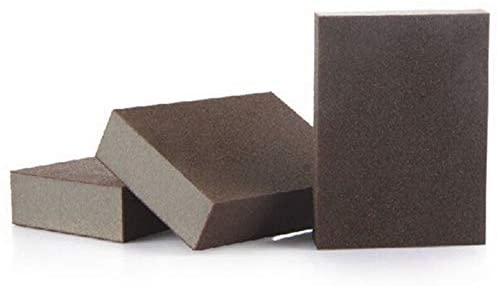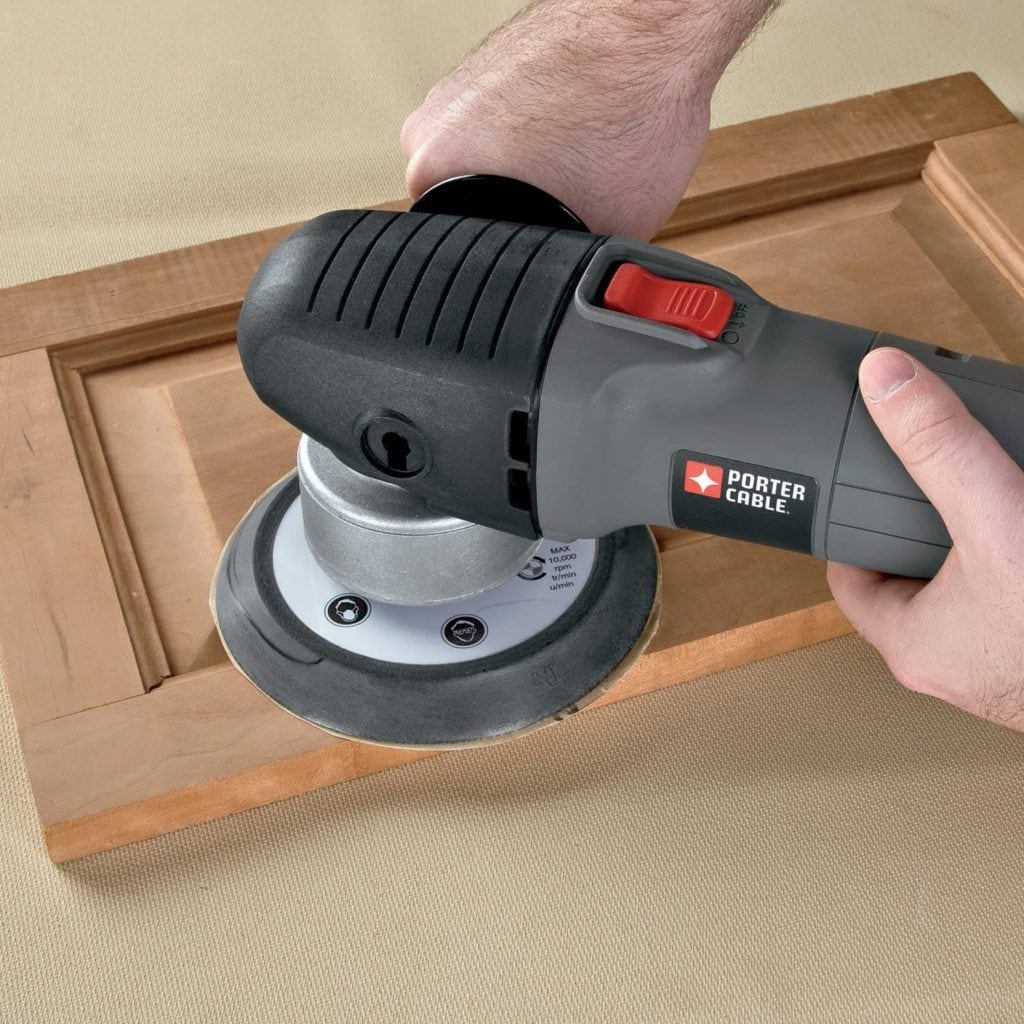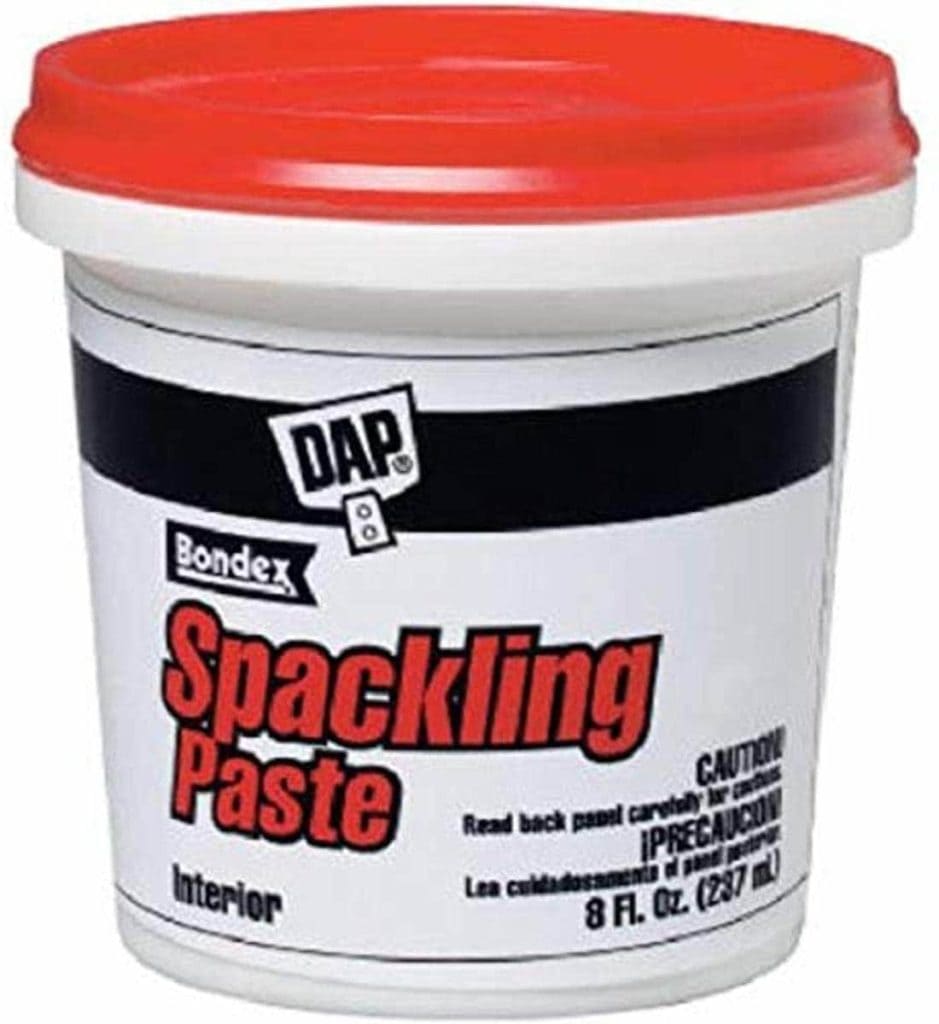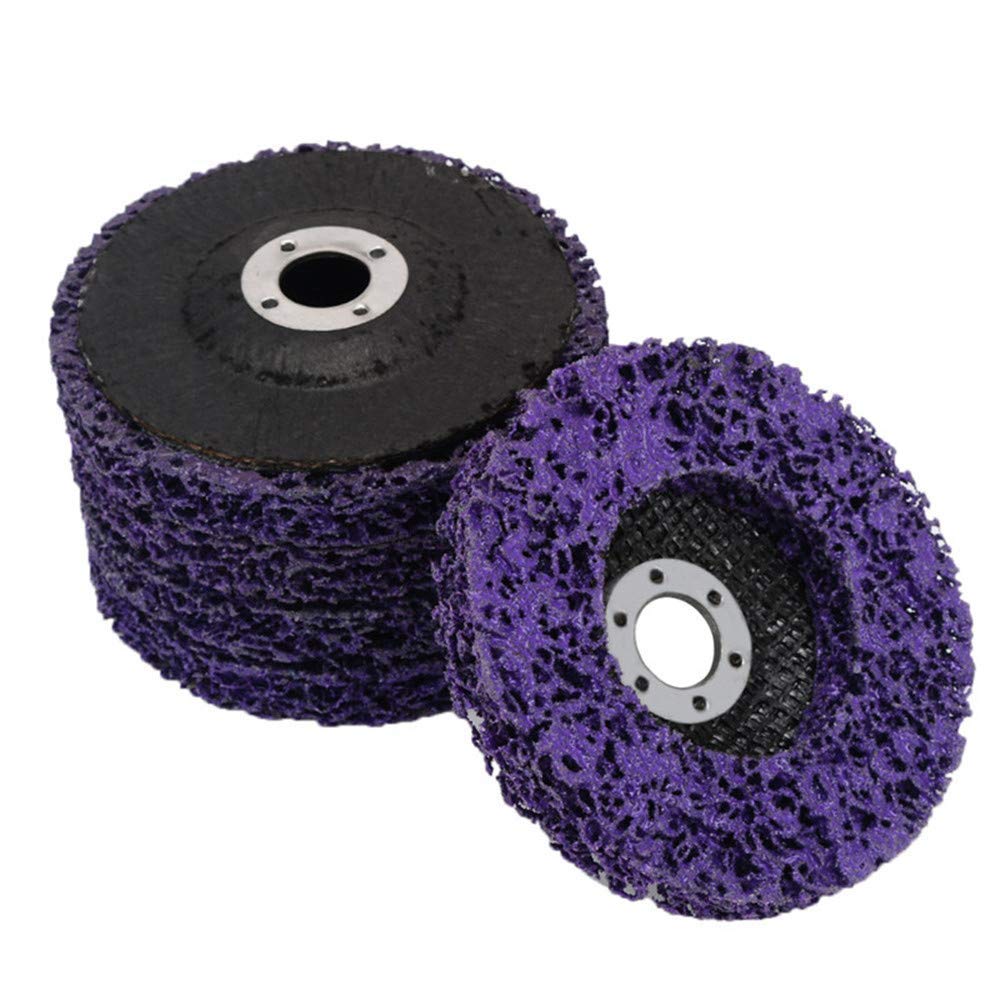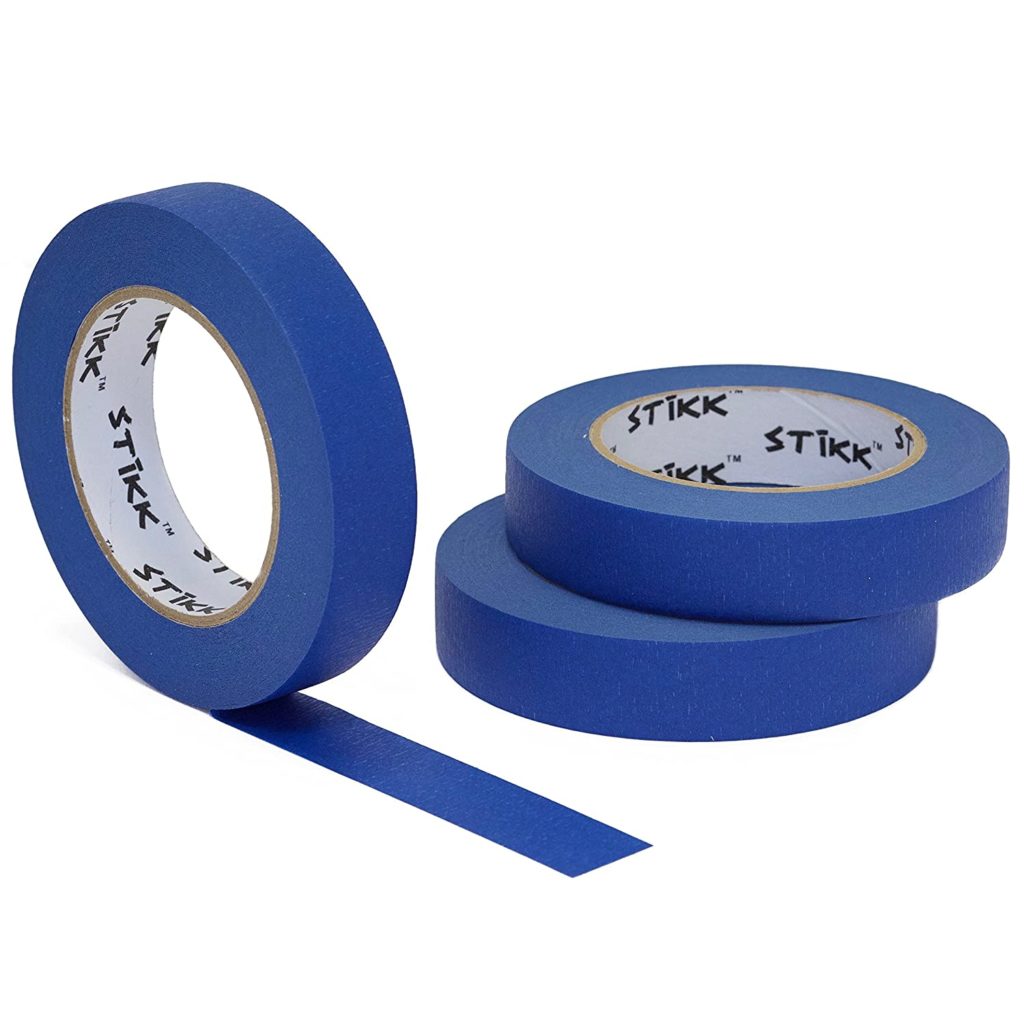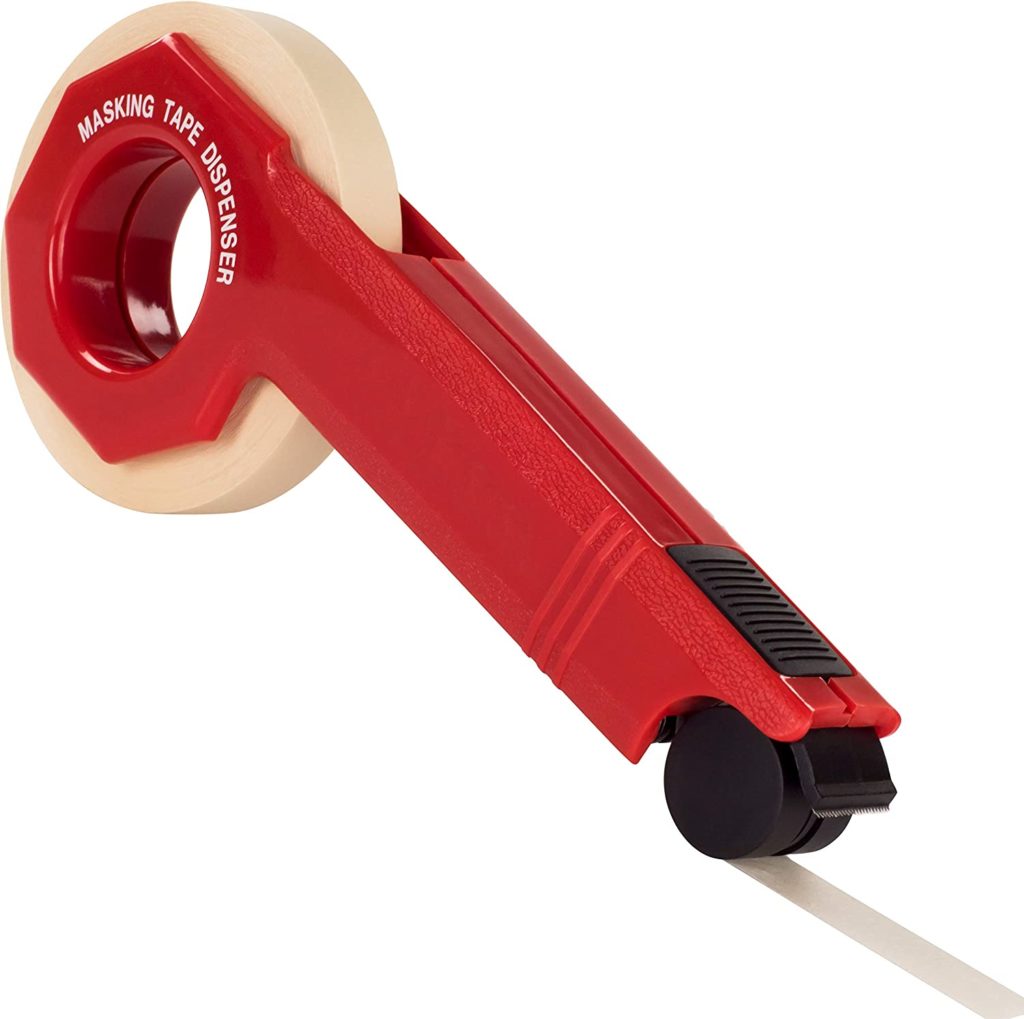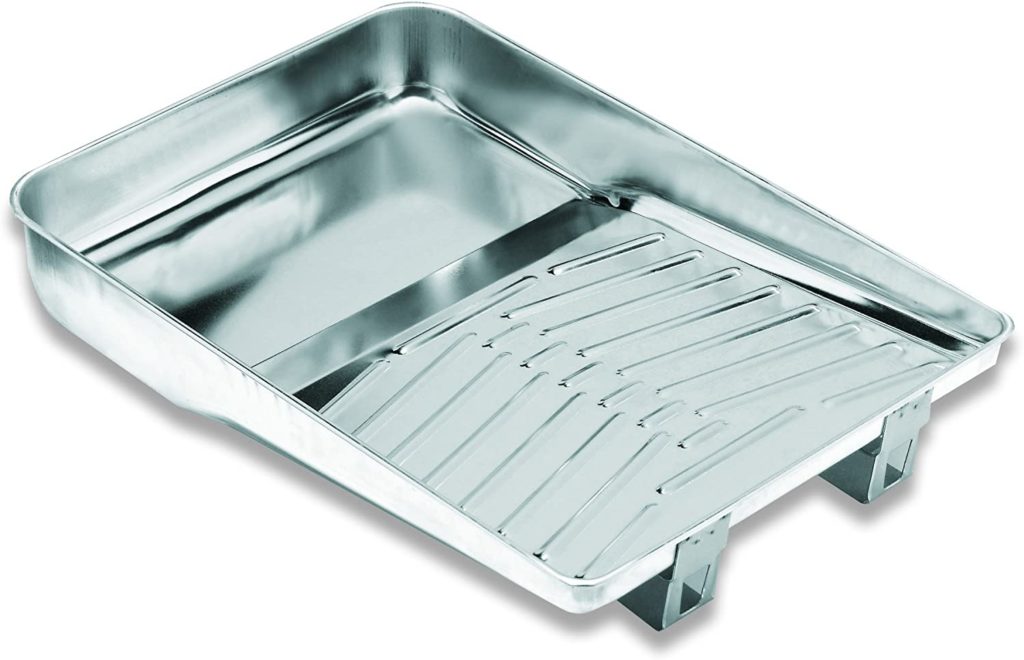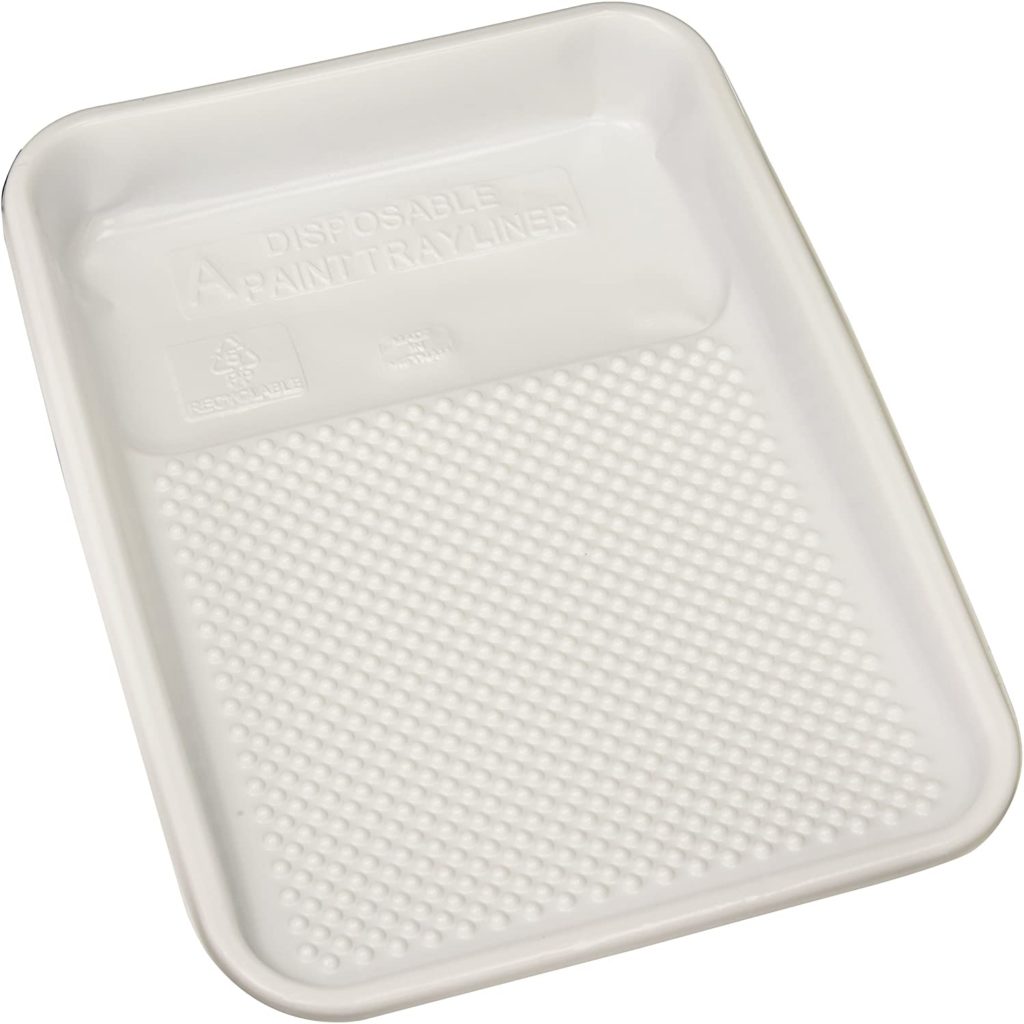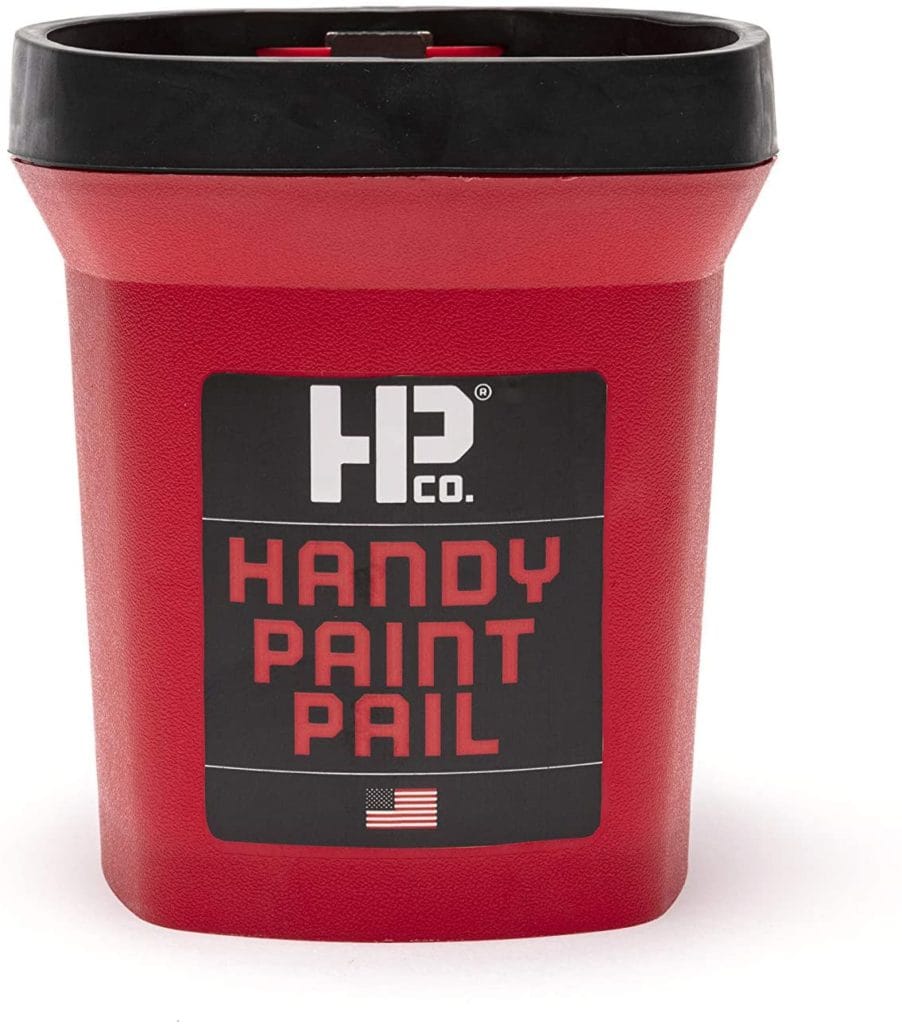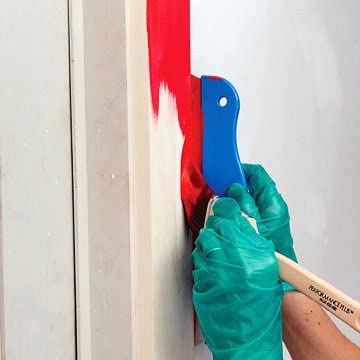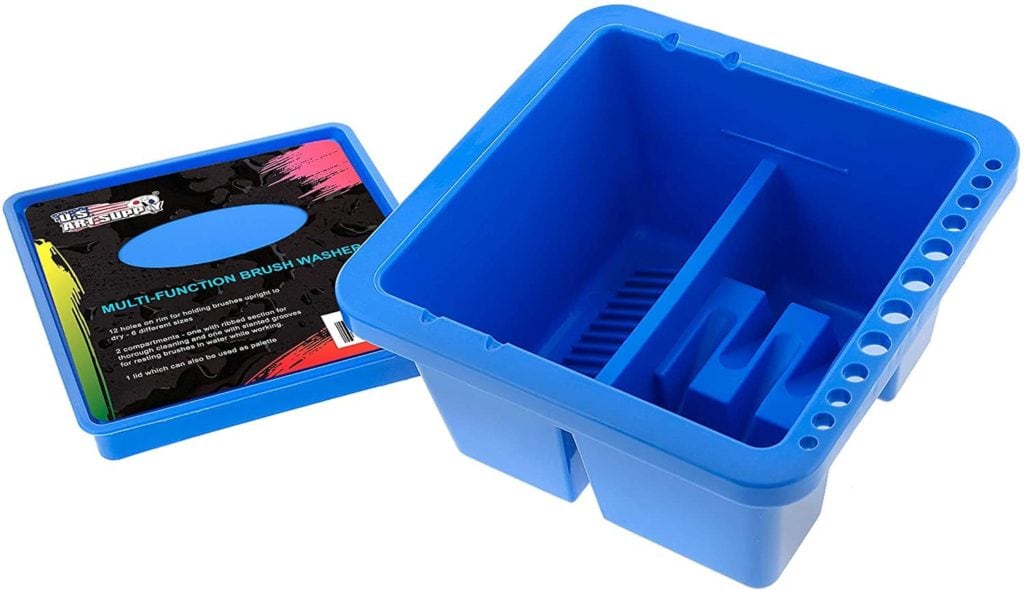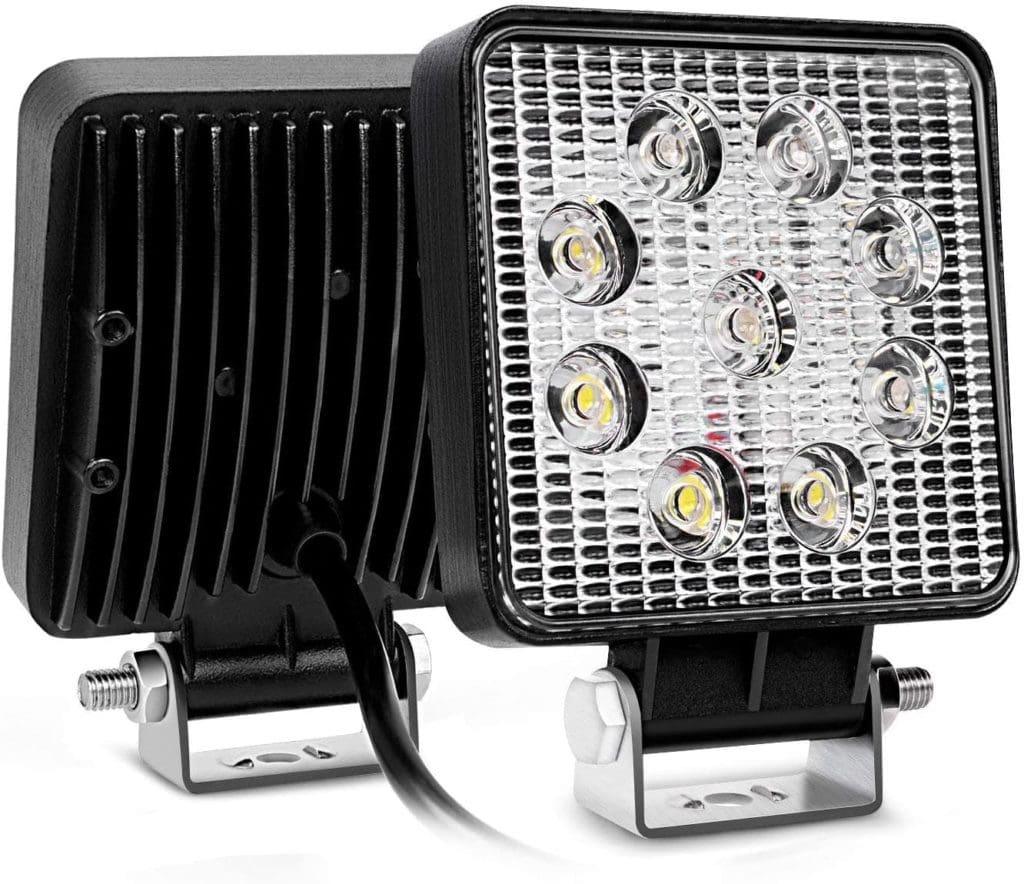31 Essential Painting Tools for Homeowners (Complete List)
-
Pete Ortiz
- Last updated:
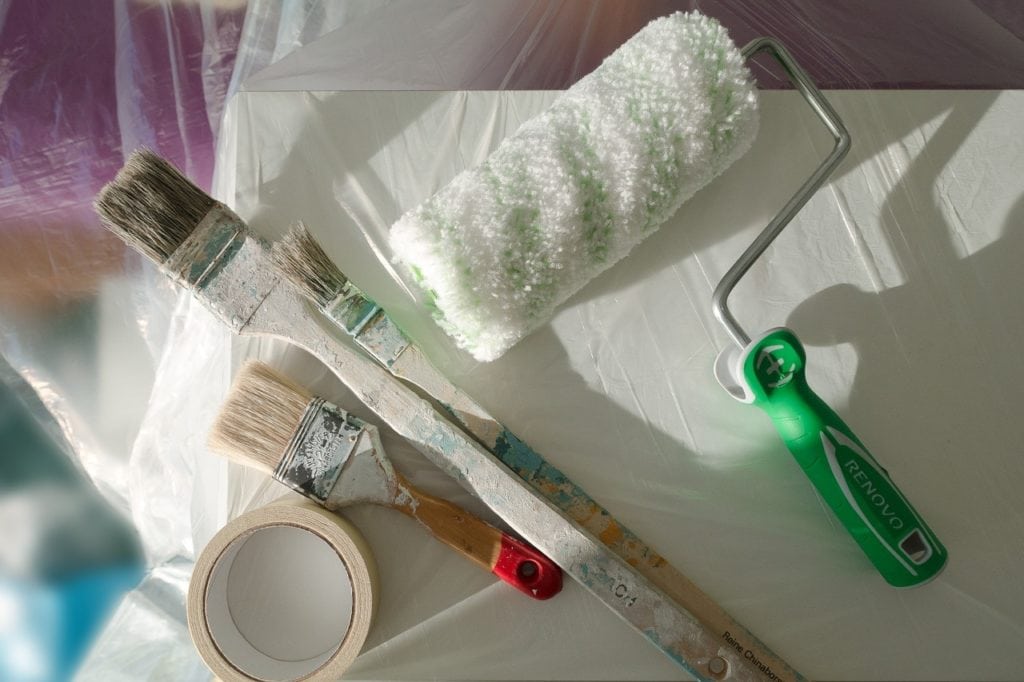
Painting is a messy, somewhat slow-going, but essential and rewarding home improvement job. Even a quick coat of paint to refresh an existing color can improve a room. Creating feature walls, painting stunning alcoves, and giving a room a bright and bold new color can significantly impact the look and feel of that room. Whether you’re a novice painter, a keen amateur, or even a seasoned professional, some tools are vital for painting. Below we’ll discuss 31 tools we consider to be necessary for the job.
The 31 Must-Have Painting Tools
1. Wall Cleaner
Preparation is one of the most critical elements to ensure you get the best finish. If you have dirty walls, you won’t get the best results. The paint will fail to adhere to greasy stains, while dirt and debris can cause shadows and prevent the paint from spreading evenly over the wall.
2. Sponge
You will need a sponge to effectively apply the wall cleaner to your walls and other surfaces. Ensure that the sponge is brand new and that you’ve chosen a durable one. Old sponges harbor more dirt than you’ll be able to get rid of, while some sponges shed bits of the material on the wall and leave you with more work than they finish.
3. Sander
A sander is suitable for removing the paint from wood, and one can be used on other surfaces to prepare the surface to accept paint. It can also be used to work the primer once applied and to ensure that the paint holds. A manual sanding block is suitable for small jobs, but you may want an electric sander for big jobs.
4. Sandpaper
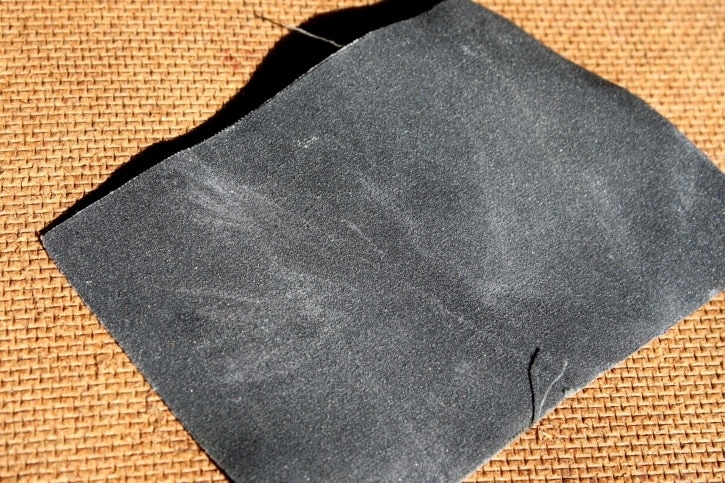
As well as the sander, you will need sandpaper to use with it. Ensure the sandpaper works with your sander, and use relatively fine sandpaper.
5. Spackling
Spackling paste, or putty, is essential to produce the best-looking walls. Whether you find that you have pulled a few small areas of plaster out while stripping wallpaper down or there are multiple nail and screw holes in the wall, filler putty will fill in the holes and can be prepped and painted once it is dry.
6. Caulk
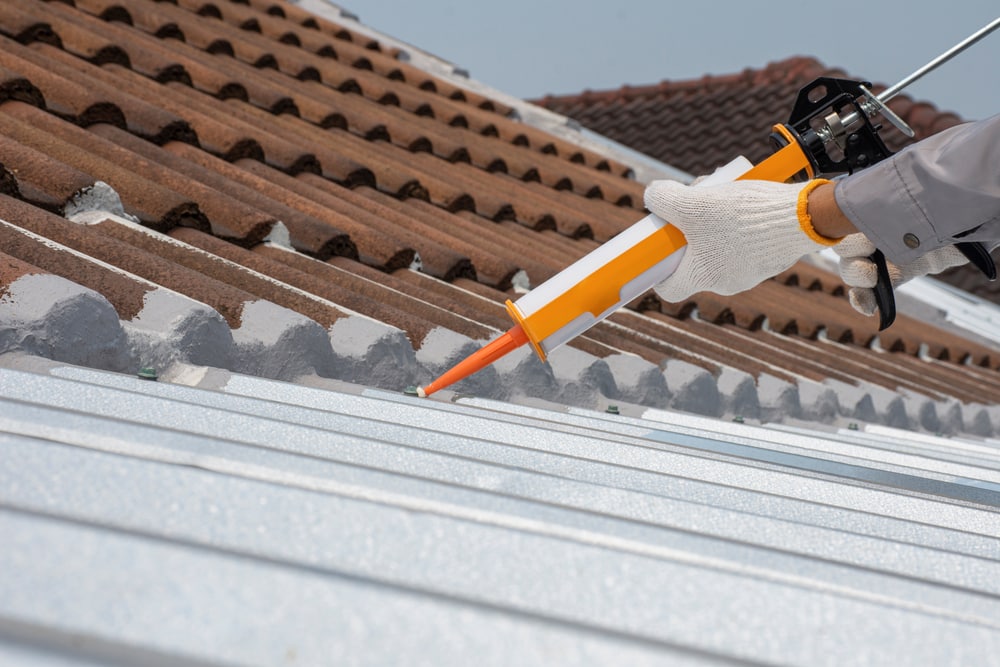
If you’re working in bathrooms or around pipes, caulk is also an important element in your painting arsenal. It seals edges and will accept paint when cured properly.
7. Removal Strips
No matter how careful you are, you will make mistakes at some point in your painting career. You should find a reliable paint removal method that will work effectively and quickly to clean up your accidents and leave your paint job looking as good as new or as good as you intended.
8. Screwdriver

The humble screwdriver should be ever-present in your tool belt or pocket. In the case of painting, you will need to remove the base plates to paint behind the plate. Depending on the room you’re painting, there may be other occasions when the screwdriver will prove essential.
9. Pencil
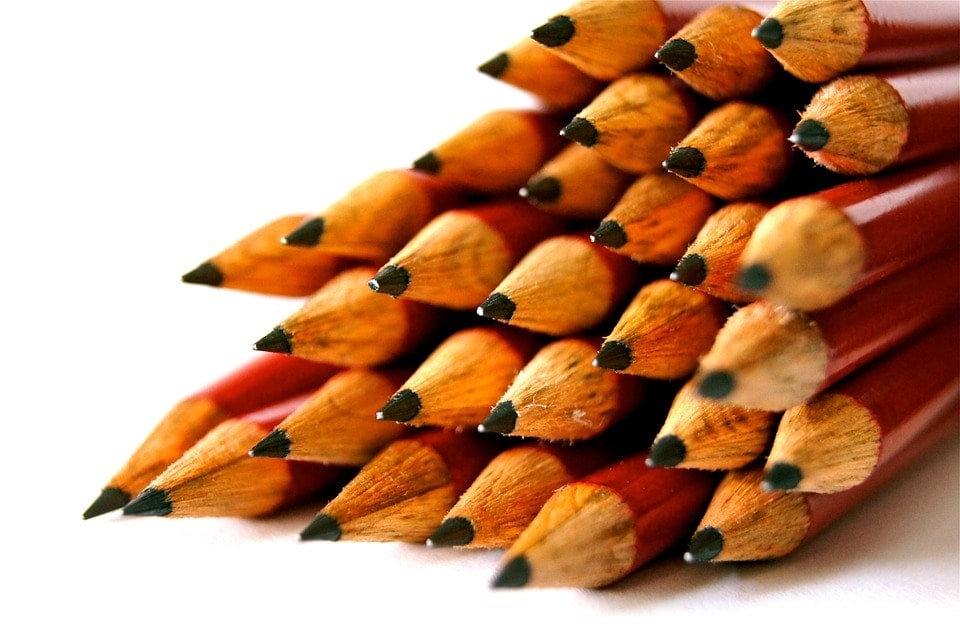
It is always a good idea to have a pencil on hand. You may need to make measurements to ensure that you don’t paint too far or far enough. Whatever the reason, being caught without a pencil is a nuisance, and they don’t take up a lot of room in your painter’s bag.
10. Painter’s Pants
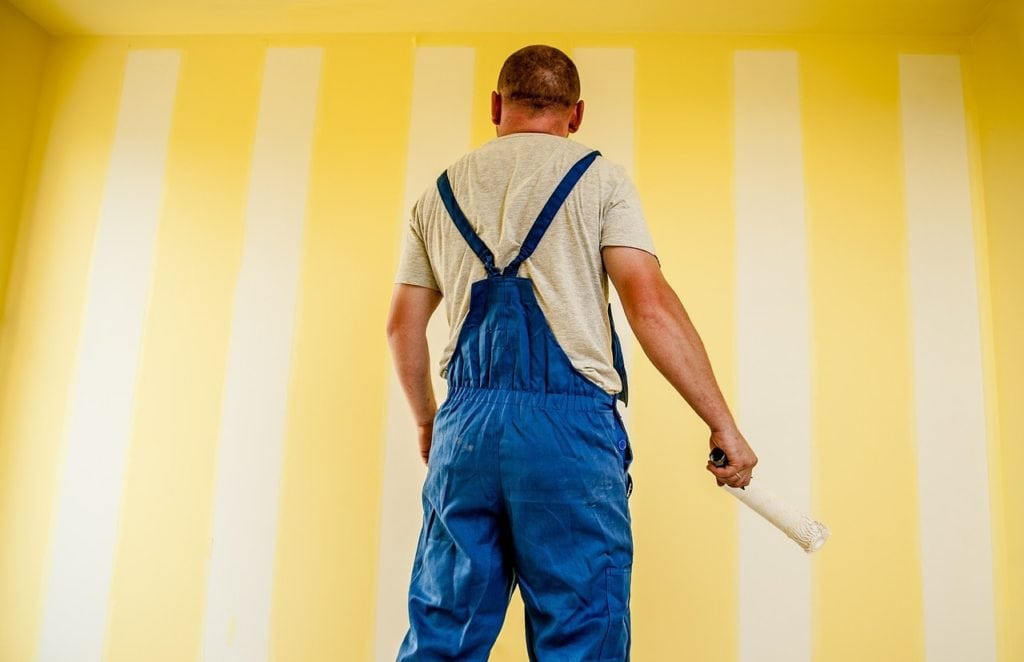
Painter’s pants are essential because they include loops to hold items like brushes and poles. They have extra pockets, including extra-large pockets. They also enable you to keep your scruffy jeans for gardening and yard work.
11. Painter’s Tape
Painter’s tape, which is usually blue, is easy to apply to walls and door frames. Paint will not leak through or bleed behind it, and once you’ve finished painting, it can be easily removed from the wall to leave you with sharp edges and a great-looking finish.
12. Tape Reel
The tape reel is a simpler and more convenient way to apply the tape. And we all know that if something is simpler and more convenient, it is more likely that we will try it.
13. Metal Paint Tray
The paint tray you choose will determine the type of paint job you do. The tray doesn’t have to be anything special, but we recommend that it has a hook or legs that allow you to attach it to the ladder when you’re painting higher surfaces.
14. Tray Liners
Some will argue that these are not essential items, but we disagree. Tray liners are convenient. They make cleaning up much easier because all you have to do is remove the liner and throw it away once you’ve finished. They also enable you to put leftover paint back in the bucket. Some people use grocery bags, but tray liners are designed for the purpose and are stronger and of better quality.
15. Small Paint Pail
The small paint pail is a small bucket that holds paint. It offers the convenience of not climbing up and down the ladder whenever you need more paint, and it is lightweight enough to carry without suffering user fatigue.
16. Large Paint Bucket
A five-gallon bucket is not portable, and you won’t be carrying it up and down ladders with you, but you can pour all of your paint into a large container before starting and then mix it all together. It ensures that you have a uniform color and keeps all of your paint in one place.
17. Tape Measure
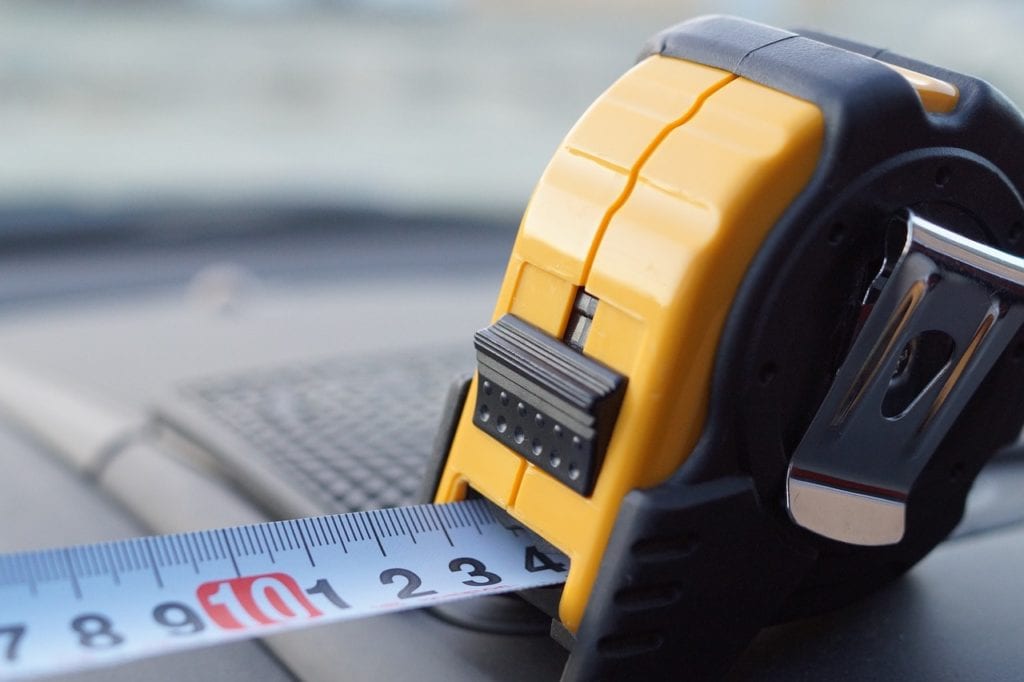
There are plenty of occasions when you need a tape measure. You will want to know the size of the area you’re painting to ensure you have the right amount of paint. To calculate the square footage you need to cover, you’ll need a tape measure.
18. Paint Mixer
You should always thoroughly stir the paint before applying it to the walls. This ensures that the color is adequately mixed and that you don’t end up with pockets of color and areas with no color. A paint mixer or stirring stick is clean and makes stirring easy.
19. Pouring Spout
A pouring spout may not sound like an essential item. After all, the paint can has a hole in the top, and you can pour paint from there. However, a spout makes pouring your paint easier and prevents it from dripping on your carpet.
20. Edging Tool
Edging tools enable you to cut into corners without the expert precision of decades of painting experience. They take a little getting used to, but once you’ve mastered one, you can also pull off all kinds of impressive painting tricks.
21. Drywall Knife
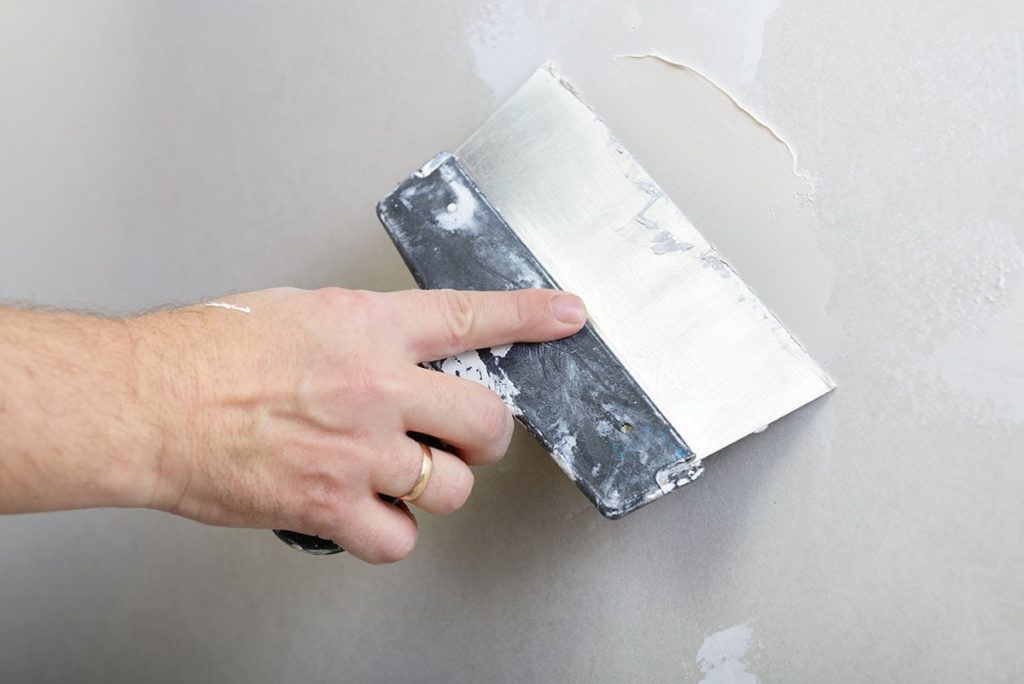
A drywall taping knife can be pushed under the baseboard. You can then paint without getting paint on the floor, and once you’ve finished, simply remove the knife for a clean line and accurate paint. It does the same job as taping the area but is much quicker and more convenient.
22. Steps
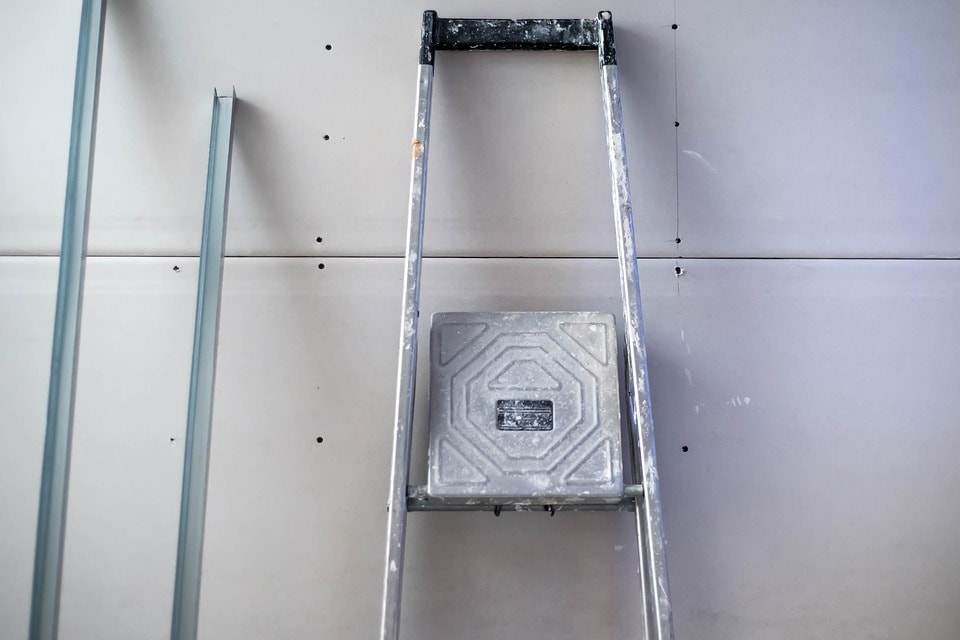
Few people can comfortably reach the top of the wall, let alone the ceiling, and for those of us who aren’t 6-foot-4, a two-step stool is ideal for painting. They’re easier to lug around than step ladders and provide a stable surface to paint the room’s upper areas.
23. Stair Ladders
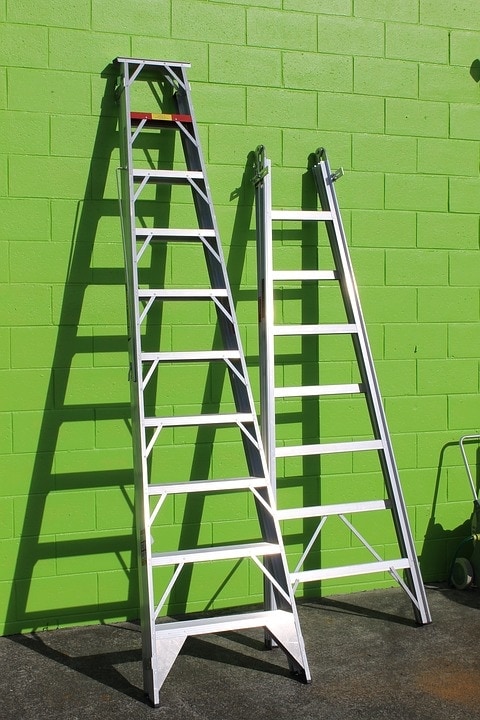
Painting the landing or stair walls is very difficult. You can either put together a series of ladders with planks running between them to effectively create an indoor version of a scaffold tower or use stair ladders. Stair ladders have one long side and one shorter side and can be adjusted to stand securely anywhere on the stairs.
24. Drop Cloth

A drop cloth covers furniture and the floor of any room that is being painted. It prevents paint spills from getting on surfaces where they shouldn’t and can usually be taped to the baseboard for additional coverage. If you move the cloth, ensure it is clean and free from paint, and always ensure that the cloth is hole-free if it has been used before.
25. Brushes
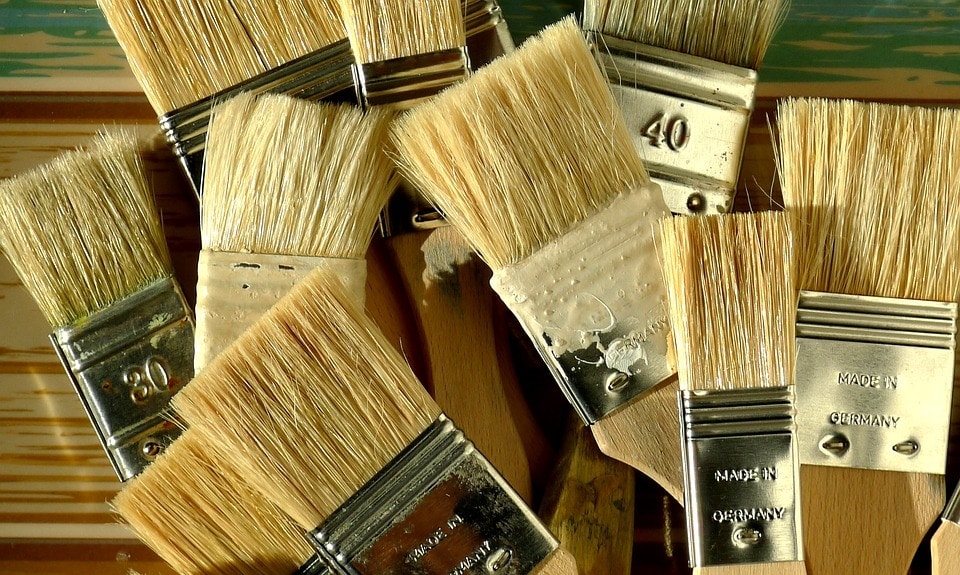
Even if you roll the walls and ceiling, you will need brushes to apply the finishing touches and cover the trim. Do not try and cut corners with poor-quality brushes, or you will find that you end up with more bristles on the paint than are left on the brush at the end of the job. Get flat and angled brushes to cover all eventualities.
26. Brush Cleaner
A paintbrush cleaner ensures your brush is completely clean before you cover the walls. They’re simple to use, but it’s best to follow the instructions of the cleaner you buy.
27. Brush Cover
Honestly, you can probably use grocery bags and other materials to cover your paintbrushes, or you can buy brush covers that are easy to apply and just as easy to remove when it is time to carry on painting.
28. Roller
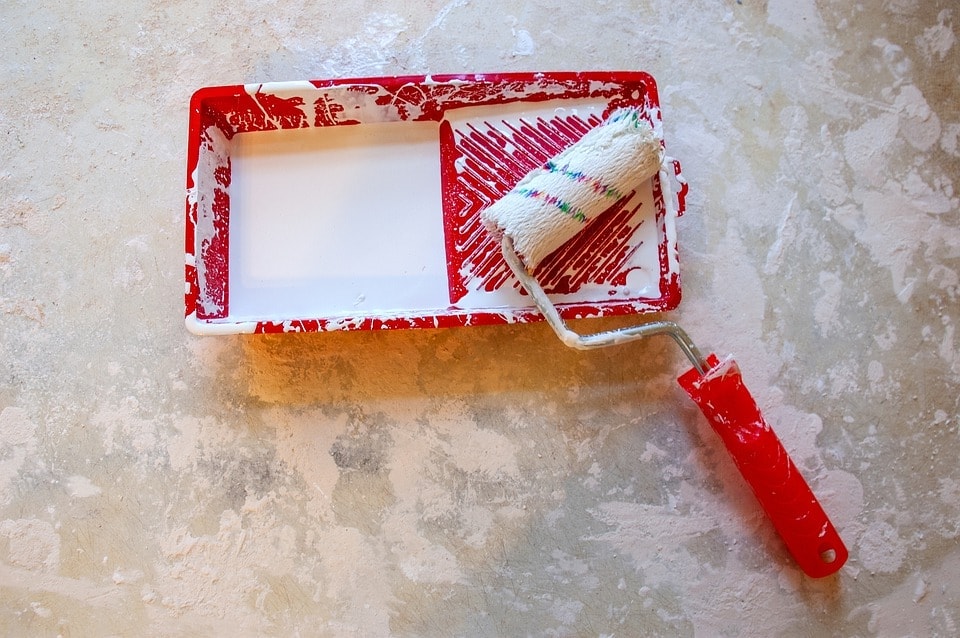
Using a roller enables you to cover a much larger area than a brush. It is quicker, easier, and more convenient, and thanks to the handle of the roller, you can usually reach further from your starting position. Like the brushes you choose, do not buy low-quality rollers just to save a few dollars.
29. Paint Pole

Your roller will likely only have a short handle on it. However, you can buy a pole that attaches to the end of the handle, ideally one that can twist and extend before twisting and locking. They allow you to get right up to the top of the walls and paint the ceiling with one roller.
30. Paint Sprayer
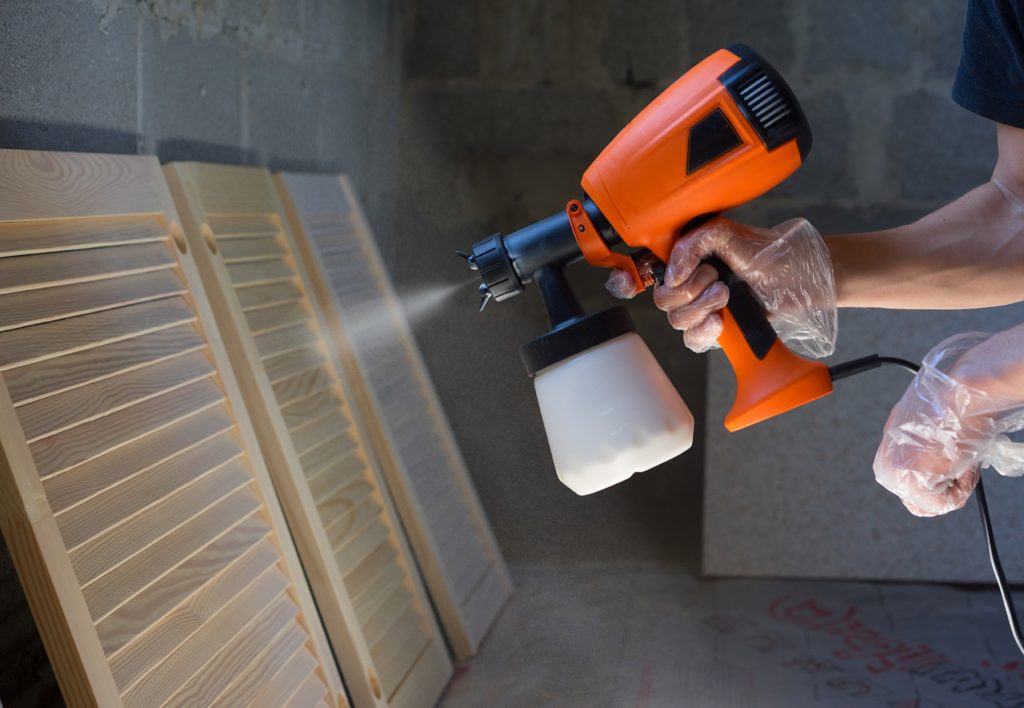
A paint sprayer is a bit of extravagance if you only plan on painting a single room, but if you are redecorating an entire house or several homes, you can either rent or buy a paint sprayer to save time and ensure uniform painting results.
31. Work Light
You may have to turn the electricity off when working, but even if you don’t and have a single central bulb, you will be unable to see where you have painted. A work light will eliminate shadows and make it much easier for you.
In Conclusion
We’ve discussed several tools, and you may wonder how you can afford them all. However, they’re relatively inexpensive compared to other building supplies. You may be able to remove a few items from this list, and you may insist on adding others that you simply can’t live without. However, the key to a successful paint project is preparation, so it pays to have your list ready so that you can tick all the items off before you apply a single drop of paint to the wall.
Featured Image Credit: Pixabay
Contents



